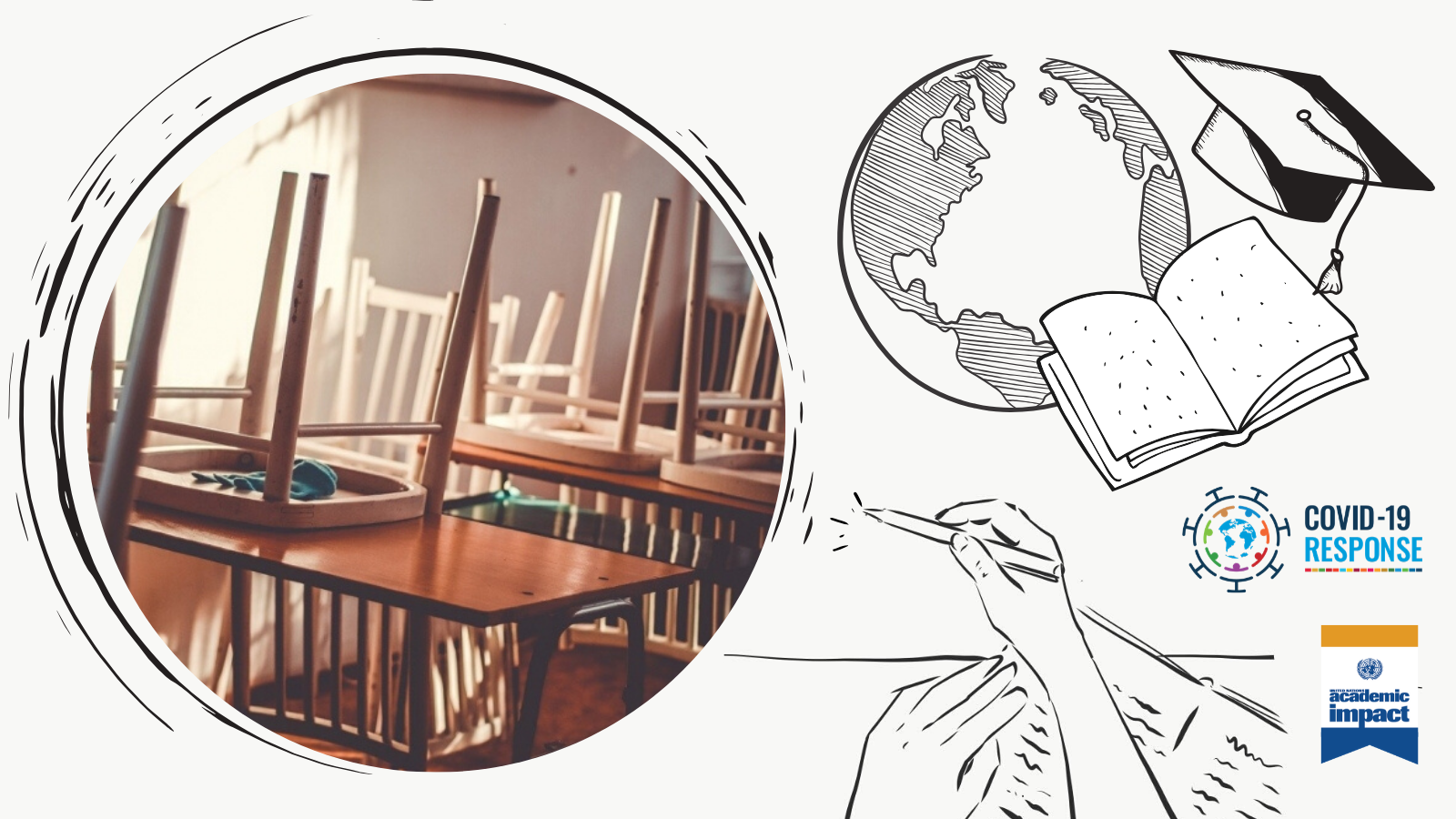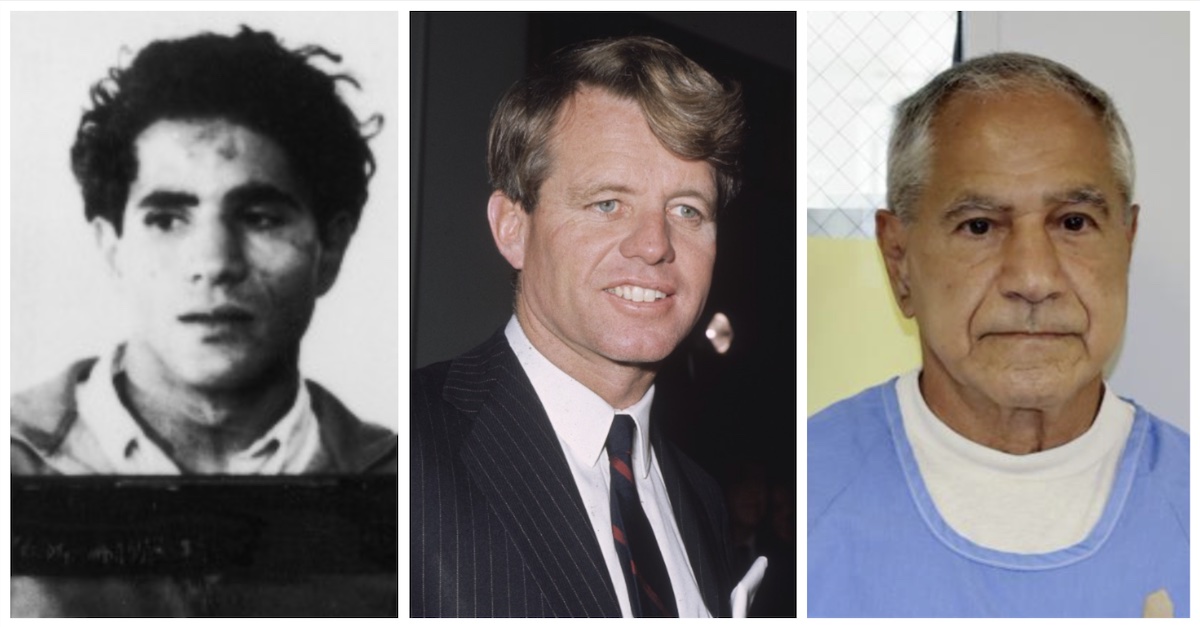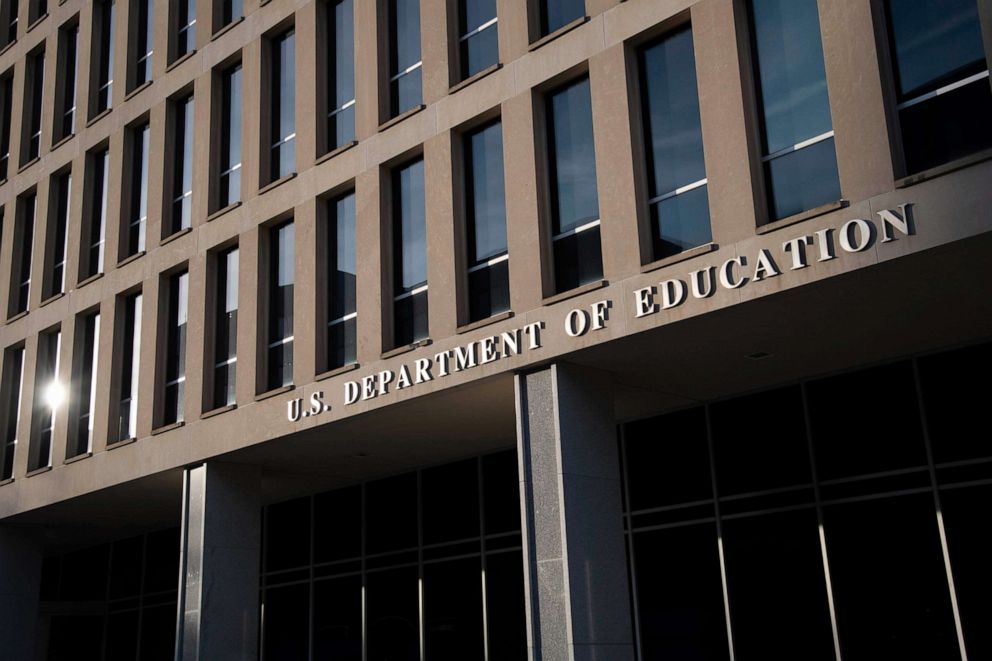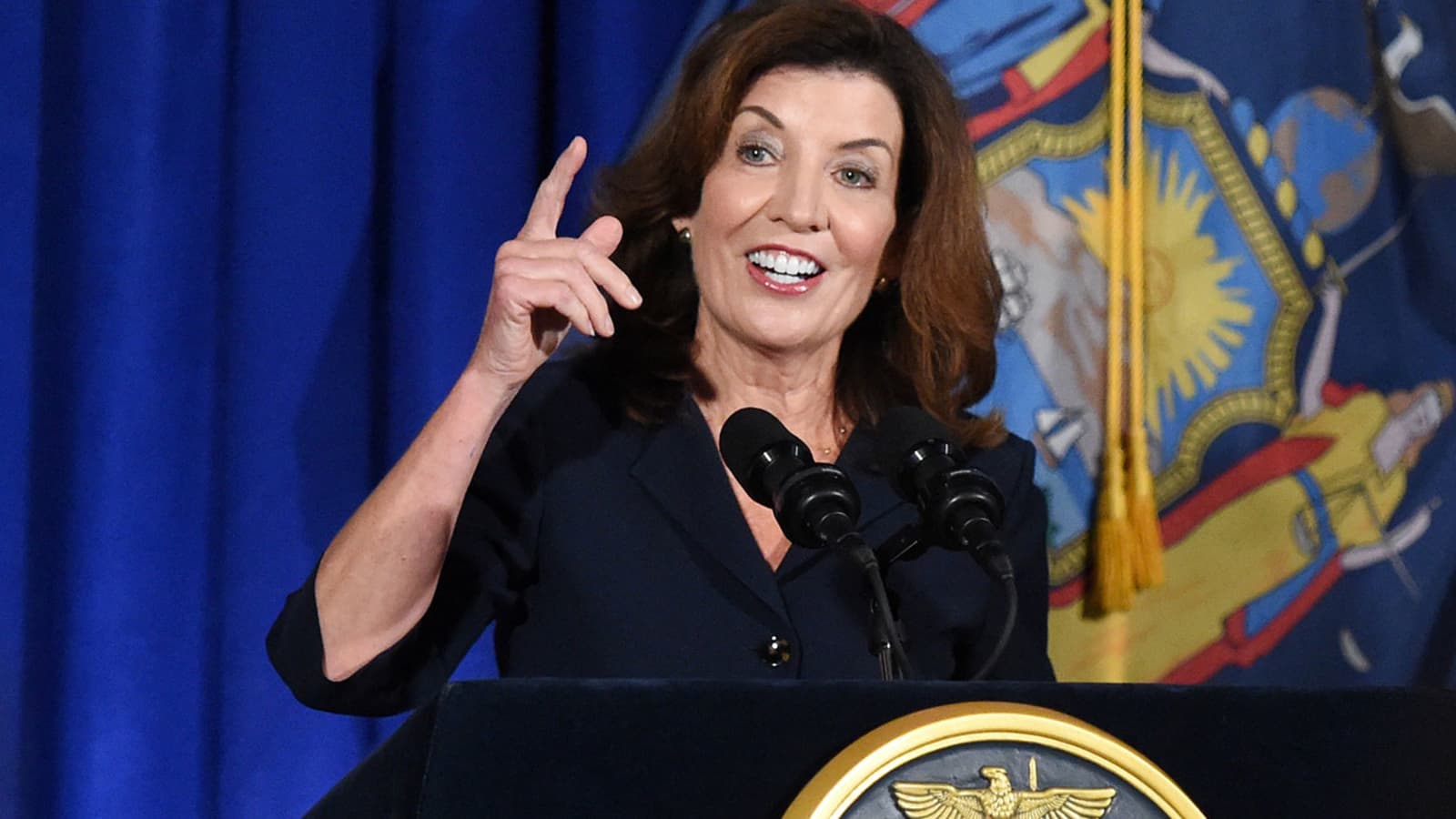
Dear Commons Community,
As a prelude to their upcoming book, , The Great Upheaval: Higher Education’s Past, Present, and Uncertain Future, Arthur Levine and Scott Van Pelt have an article in this morning’s Chronicle of Higher Education entitled, “5 Ways Higher Education will be upended. “ Their predictions are that colleges will lose power, prices will go down, and credentials will multiply — among other jarring shifts. They are not the first to paint this dire prediction of higher education’s future. However, they rightfully comment that the pandemic has accelerated a movement in this direction. The entire article is below. Anyone interested in the future of our colleges and universities should read it.
Tony
——————————————————————–
The Chronicle of Higher Education
“5 Ways Higher Ed Will Be Upended”
By Arthur Levine and Scott Van Pelt
August 25, 2021
After campuses closed, in the spring of 2020, we spoke with college presidents, the heads of higher-education associations, policy makers, and accreditors about Covid-19 and their post-pandemic plans. There were few surprises. Anxiety was sky high, and everyone expected the financial toll and enrollment losses to be extraordinarily high (how high remained a guessing game).
Most viewed the pandemic as a natural disaster. They wanted to get back to business as soon as possible, clean up the damage, and restore what had been lost. In this sense, most misunderstood the nature of the pandemic, viewing it as an interruption of business as usual rather than an accelerator of changes already underway. They expected to turn back the clock to 2019 and recreate their pre-Covid colleges. They wanted to recapture the past.
That urge is understandable, and yet misguided. The pre-pandemic state of higher education was in flux, with five profound and jarring new realities — none of higher education’s making — already beginning to shape its future. The pandemic has accelerated those changes, and it’s imperative that academic leaders grasp the import of this shifting landscape.
- Institutional control will decrease, and the power of consumers will increase.
When we speak of higher education today, we think of colleges. Everything else is ephemeral — knowledge evolves; faculty members, students, and programs change. Colleges are a constant. They create, sustain, and disseminate knowledge. They are the engines that drive the enterprise.
During the industrial era, major players emerged in the knowledge industries: In music, that meant labels like Motown were ascendant; in film, that meant studios like Disney; and in news, papers like The New York Times. Over time, the specific labels, studios, and newspapers changed — and so did the regulations that governed them, the competition they faced, and the technologies that emerged around them. But it was always a recording label, a studio, or a newspaper on top. As with colleges today, those institutions defined how we thought about the industry and its business models.
But for the music, film, and journalism sectors, the advent of the global, digital knowledge economy upset the balance. Consumers have more choice over what, where, when, and how they consume information and entertainment. The focus shifted from institutions to consumers. As the consumer became the dominant force in each industry, institutional control declined. That same transition is underway in higher education.
- With near universal access to digital devices and the internet, students will seek from higher education the same things they are getting from the music, movie, and newspaper industries.
In all three of those industries, consumers chose on-demand over fixed-time access and universal, mobile access over fixed locations. They selected unbundled rather than bundled content — a track instead of an album, an article instead of a newspaper. Apart from luxury goods, they opted for low-cost instead of high-cost options. The same trends apply to our sector.
College students favor these changes. Generation on a Tightrope, a book one of us (Arthur Levine) wrote with the higher-education scholar Diane R. Dean, found that in contrast to traditional higher education, digital natives preferred anytime, anyplace access. That book also found that older adults, largely working women attending college part time, sought affordable, unbundled, or stripped-down versions of college. When those students were asked what they wanted from college, they invoked convenience, service, quality, affordability, and the importance of being charged for only the services and activities they used. They did not want to pay for facilities they didn’t use, events they didn’t attend, or electives they didn’t take. They wanted to buy a single track, not an entire album.
Those preferences make sense in the context of an ongoing retreat by undergraduates from campus life. The proportion of students living in college housing has dropped continuously since at least 1969. Indeed, only about 16 percent of undergraduates resided on campus before the pandemic. Less than a third of college students took part in on-campus social activities, used the campus fitness center, attended athletic contests, went to meetings of academic, student, or professional clubs, or watched campus lectures, debates, or other academic events at least once a month. More than a third of students never did any of those things.
The trend was particularly significant at community colleges, where 80 percent of students had never attended academic or professional meetings and 57 percent had never been to social events. In the nationwide 2020 Community College Survey of Student Engagement, only 28 percent of respondents identified student organizations as being “very” important.
Students’ lives are increasingly filled by demands beyond college. More of them are working, and they are working longer hours. Particularly among nontraditional students, there is a growing tendency to visit the campus only to attend classes, commuting in just before their start and commuting out immediately afterward. That places a premium on convenience: They’re looking for an education that fits their circumstances at an affordable price.
- New postsecondary entities will enter the marketplace, driving up competition and driving down prices.
A host of new institutions, organizations, and programs have cropped up to serve those nontraditional students — and constitute a harbinger of things to come. Coursera offers an instructive example.
Coursera is an online-learning platform, a MOOC pioneer that was launched in 2012. By 2019 it was valued at well over a billion dollars, according to its chief executive. Today it offers 77 million users more than 4,000 courses and specialty studies in fields like data science, engineering, business, and health.
Coursera’s view of education is more pragmatic and career-oriented than traditional higher education is, and that’s what both traditional and nontraditional students increasingly want from college. While it does offer a panoply of degree programs and courses in the liberal arts, its website touts a 2020 survey showing that 87 percent of those who enrolled received a salary increase, a promotion, or the capacity to begin a new career.
Coursera also differs from traditional higher education in terms of who provides its content, which is an eye-popping list of more than 200 of the world’s leading universities and businesses. Its higher-education partners include the California Institute of Technology, Columbia, Duke, École Polytechnique, Hebrew University, Johns Hopkins, Moscow State University, and Peking University, just to name a few. Then there are its business and nonprofit partners. You can learn technology from Cisco, finance and management from Goldman Sachs, and merchandise and sales from Alibaba. The nonprofit and government-sector partners, which are of equal renown, include the American Museum of Natural History, the Museum of Modern Art, and the World Bank.
Consider the value these new providers offer. Google’s Information Technology Certificate Program, offered through Coursera, consists of a five-course sequence, on computer networking, operating systems, system administration, IT infrastructure, and IT security, each of which is rated 4.7 or better on a five-point scale by students. It’s a subbaccalaureate program, in a field commonly offered at two- and four-year colleges, worth 12 college credits and a Google badge, which is an accepted employment credential.
Hundreds of thousands of students have enrolled in the program, which Google says can be completed in six months or less with 10 hours of study a week at a cost of $49 per month. The first week is free, and students commit to only a month at a time. During the pandemic, Google added two new certificate programs, in data analytics and program management.
Or consider another Coursera offering, the Museum of Modern Art’s “In the Studio: Postwar Abstract Painting.” One of the museum’s 10 classes offered through Coursera, it is 27 hours long and priced at Coursera’s $49-per-month subscription fee. It has a 4.9 rating and has enrolled more than 100,000 students. It’s described as an in-depth, hands-on look at the materials, techniques, and thinking of seven New York School artists: Willem de Kooning, Yayoi Kusama, Agnes Martin, Barnett Newman, Jackson Pollock, Ad Reinhardt, and Mark Rothko. There are studio demonstrations and gallery walk-throughs, rounded out by readings and other resources that provide a broader cultural, intellectual, and historical context. The course description reads like any university’s modern-art course — and yet 55 percent of the course’s alumni who completed surveys claimed to have derived a tangible benefit for their careers.
The two courses could not be more different — one is purely vocational, and the other is straight-up liberal arts. But they have several things in common: They are inexpensive, convenient, highly rated, heavily enrolled (though their completion rates are unreported), and they are being offered by entities other than colleges. They are also accessible 24/7, and do not adhere to an academic calendar.
The Coursera programs are just the tip of the iceberg. In addition to the two certificate programs Google offers through Coursera, it has dozens and dozens more of its own, as does Microsoft. The American Museum of Natural History has its own graduate school, which offers a Ph.D. in comparative biology and an M.A. in teaching. It also provides six-week online courses on subjects such as the solar system, evolution, climate change, and water for $549 each (there’s an extra fee for obtaining graduate credit). The courses also qualify for professional-development credit for teachers. PBS has a wealth of professional-development courses for teachers, lasting from 1.5 to 45 hours in subjects including reading, math, leadership, and instructional technology.
The looming issue for higher education is not just the explosion of alternative providers, but their world-class quality. Students have the option of obtaining certification from Google or getting classroom credit from a more-expensive regional university. They are choosing between the Museum of Modern Art and a local college.
- The industrial-era model of higher education, focusing on time, process, and teaching, will be eclipsed by a knowledge-economy successor rooted in outcomes.
A shift from teaching to learning and from fixed-time to fixed-outcomes will occur for a few reasons. First, it’s common sense to focus on the outcomes we want students to achieve, not how long we want them to be taught. Imagine taking your clothes to a drop-off laundry service. The service doesn’t ask how long you want them washed. And for good reason: It’s an absurd question. Your only concern is that the clothes be clean when you pick them up. The outcome is what matters, not the process. The same is true of education.
The second reason for the shift is an evolution in our understanding of equity. In our current system, equity means enabling all students to have access to comparable facilities, professors, and programs. And yet inequities persist. Real equity would entail making it possible for all students to achieve the same outcomes by giving them the differential resources they need to attain them.
For more than a century, all education experiences have been translatable into units of time — courses, credit hours, semesters. This model worked well, but that period is over. The explosion of new education options has generated a grab bag of disparate curricular practices, which is growing increasingly heterogeneous and cannot be translated into uniform time or process measures.
That will gradually render the traditional academic currency of process and time irrelevant and leave higher education searching for a replacement. In the short run, this will require colleges to become bilingual, operating on two different standards (one, courses and credits; the other, outcomes and learning). In the longer run, higher education will have no alternative but to embrace outcomes and learning as its primary accounting system.
- The dominance of degrees and “just in case” education will diminish; nondegree certifications and “just in time” education will increase in status and value.
American higher education has focused on degree-granting programs in part to prepare students for careers and life beyond college. This is “just in case” education, teaching students the skills and knowledge that colleges believe will be necessary for the future.
In contrast, “just in time” education teaches students the skills and knowledge they need right now. They may need to learn a foreign language for an coming trip or business deal. They may need to learn an emerging technology. “Just in time” education comes in all shapes and sizes, but diverges from traditional academic time standards, uniform course lengths, and common credit measures. Only a small portion of such programs award degrees; most grant certificates, microcredentials, or badges.
Will such credentials replace or erode the dominant status of a college degree? Nondegree certifications aren’t new to higher education — Yale established the first certificate program more than two centuries ago for students who took only scientific and English-language classes. Subbaccalaureate programs in technical fields are common. And yet degrees have always enjoyed a far higher status and been regarded as the far-more-valuable credential. That balance of power will be reset.
Why? Degrees are declining in value in the labor market. Google, Ernst and Young‘s U.K. office, Penguin Random House, Hilton, Apple, Nordstrom, and IBM have all announced they will no longer require college degrees for employment. A slew of high-profile technology titans, including Michael Dell (founder, Dell Computers), Daniel Ek (cofounder, Spotify), Bill Gates, Steve Jobs, David Karp (creator, Tumblr), Steve Wozniak, and Mark Zuckerberg, did not graduate from college. A 2019 Gallup Poll reported a decreasing proportion of Americans consider a college degree to be very important — 51 percent in 2019 versus 70 percent in 2013.
A second cause for a possible reset is that periods of profound change produce curricular flux. During the Industrial Revolution, new degrees were established such as the Ph.D., the associate degree, and the earned master’s degree, which was previously more honorary than academic. Scores and scores of new discipline-based baccalaureate degrees came into being, most notably the bachelor of science, which was developed as a means of distinguishing between students who had completed a rigorous arts program and those who had studied a lesser scientific curriculum. Programs awarding certificates multiplied, too, particularly after the development of continuing-education units in the late 19th century. We will see a similar shakeout in the wake of the pandemic.
Those five new realities will transform our sector. Competency-based education will become the norm. Carnegie units and credit hours will give way. Certification will broaden: It will be granted both for mastering a single competency (such as a foreign language) and for achieving a set of related outcomes (such as the Google IT grouping of skills).
There are two important caveats here. First, competency-based education is now an umbrella term for a panoply of differing practices with strong proponents and opponents. The blurred meaning and controversy surrounding it may doom the term, but the focus on learning and outcomes will persist, regardless of what it is called.
Second, the transition to competency-based education will be as disorderly and chaotic as the shift to the Carnegie unit in the late 19th and early 20th centuries. We are in the early days of a new system. The process of formulating and gaining consensus for competences will not be quick. Initially, a multiplicity of differing conceptions for the same competency will emerge. Only movement toward common definitions and practices will abate the chaos.
Assessment will become largely formative and individualized. Transcripts will become records of the competencies people achieve throughout their lives and the certifying authority for each.
Faculty members, whose numbers can be expected to decline, will also undergo a shift. Currently composed of subject-matter experts engaged in teaching and research, the ranks will be diversified to include learning designers, instructors, assessors, and technologists, and will more accurately reflect the demographics of the nation. The competition for this talent both within and outside higher education will be fierce. As in the film industry, talent is likely to overshadow institution, and with an abundance of competing providers, the ability to sell one’s talents to a variety of outlets may be more valued than tenure.
Tuition, which is now largely credit-based, will become subscription-based and tied to outcomes, as it is at Coursera.
Other historical practices will join credit hours in what Henry Adams called the “ash heap” of history. Take A-F grading. It is a comparative measure of student performance relative to peers and the subject matter being taught. However, competency-based education, rooted in absolute measures, is pass-fail at its core. Either students have mastered a competency or they have not. As a result, A-F grading and corollary measures such as GPA, the dean’s list, class rankings, and graduation honors will atrophy.
As familiar practices fall by the wayside, new methods of quality control will emerge. Because of the multiplicity of new providers, new certifying or validating institutions will rise to assess, guide, certify, and record student learning. In the short run, we can expect different organizations using different definitions of competencies. But as consensus grows, standards and practices will become increasingly uniform.
The current model of accreditation also is at risk. Accreditation’s focus is and has always been on providers, which are still assessed largely on the basis of the industrial era’s best practices. Accreditors are increasingly viewed as slow, outdated, change-resistant parts of our sector. That is not surprising — the reason for creating a self-policing arm of the academy was to standardize. And yet unless accreditors are able to shift their focus from the process of education to its outcomes and from institutions and programs to students, they will lose their utility.
Anticipating such upheaval, some institutions are already evolving. Arizona State’s “Fifth Wave” university combines research excellence, cutting-edge technology, and a culture of diversity and access. Purdue focuses on affordability, data, and technology, and fusing postsecondary and higher education. Southern New Hampshire University and Western Governors University emphasize affordability, access, online instruction, and competency-based learning.
Other institutions have become known for a specific innovation. Standouts include Georgia State University (student success), Hostos Community College (bilingual education), Ivy Tech Community College (access and scale), Minerva (international video seminars), Olin College of Engineering (redesigning engineering education), Paul Quinn College (turnaround), PennFoster College (career education), University of Maryland-Baltimore County (math/science and underrepresented populations), and the University of Texas at El Paso (Latino and binational education). Coursera and the University of the People excel at affordability and mass access.
There is also one institution that stands poised to lead the diffusion of new models to mainstream higher education, just as Johns Hopkins did during the Industrial Revolution: MIT. It has led higher education into the global, digital, knowledge economy with a series of major innovations in technology, learning sciences, curriculum, instruction, and credentialing.
To look forward rather than backward is no easy feat. Colleges must confront their tendency toward magical thinking — their belief that institutional challenges will somehow vanish. Another trap is complacency and an assumption of institutional exceptionalism — the idea that each college is special, shielded, somehow, from the woes confronting other institutions. Colleges must also stress genuine long-term thinking: Despite the frequency of five-year plans, they tend to think about their future a year at time, which discourages investing in the future.
Two other barriers to progress are the tendency to view failed attempts at innovation to be an affirmation of current practices, and the trust gap — the divide between administrators, faculty members, and trustees, which exacerbates the difficulty of long-term planning.
The future of every institution depends on overcoming those barriers. It’s the responsibility of presidents and boards to lead their institutions into the future and to educate their communities about the challenges and opportunities ahead. The pandemic provides the teaching moment to do it.
This essay is adapted from the authors’ forthcoming book, The Great Upheaval: Higher Education’s Past, Present, and Uncertain Future (Johns Hopkins University Press).












